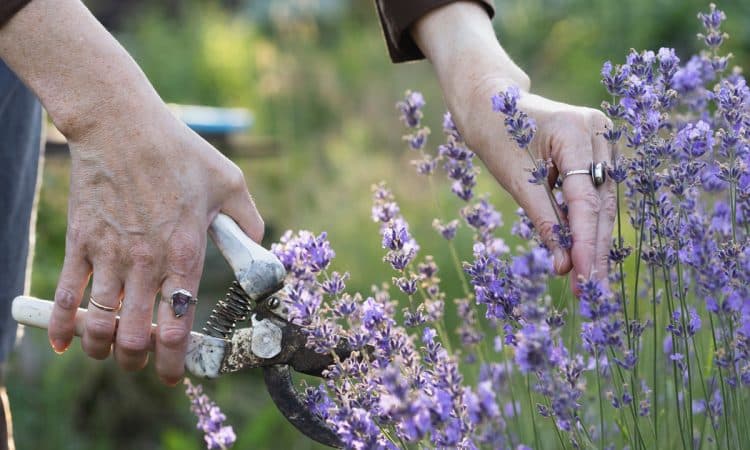
Lavender is a plant that has won the hearts of many gardeners, but its care can sometimes be troublesome. A key element is pruning, which is essential to maintain the health of the plant. After all, without proper care, it can quickly lose its charm. See how to trim lavender to enjoy its beauty for many years.
Pruning lavender. What should you know?
Young lavender should be pruned immediately after planting, shortening its shoots by half. This procedure allows the plant to become more dense and stimulates flowering. However, it is worth remembering that lavender propagated by sowing seeds will only bloom the following year.
The method of pruning should be adjusted according to the age of the plant
Once the lavender has established itself, pruning should become a a regular activity. The first treatment is carried out in early spring, before heavy flowering begins. However, it is worth paying attention to the weather conditions – if the winter is warm, too early pruning can harm the plant if frosts still come.
Spring pruning involves shortening green, non-woody shoots by about 1/3 of their length, giving the plant a hemispherical habit. It is important not to cut the plant too low and not to shorten woody shoots that regenerate poorly. Instead, we can completely remove all broken or frosted shoots.
Other rules apply to old, heavily grown lavender shrubs. Then in the spring they should be heavily pruned, even to the height of the 10 cm above the ground, leaving only a few green shoots. Such a radical treatment may not always have the desired effect, but if the lavender revives, it will be much more magnificent than before.
Don’t forget about summer pruning
The second pruning of the season is carried out in summer, after flowering. The procedure is then less thorough than the spring one and consists only of removal of all flowers from the bush along with the top of the shoot, without shortening the branches. It is important to carry it out in August or at the latest in early September, so that the shrub has time to prepare for winter.
If the lavender is planted in autumn, it should not be pruned, so as not to weaken it before the arrival of colder weather. This rule applies mainly to narrow-leaved (medicinal) lavender, which is winter hardy and can be grown all year round. French lavender, on the other hand, is sensitive to frost and requires a different approach. If you manage to overwinter it, in the spring it also requires pruning and shortening all shoots at about 1/3 height from the ground.
Proper care of lavender is the key to its health and beauty. Regular pruning, adapted to its life cycle, will allow us to enjoy its presence in our garden for many years.

